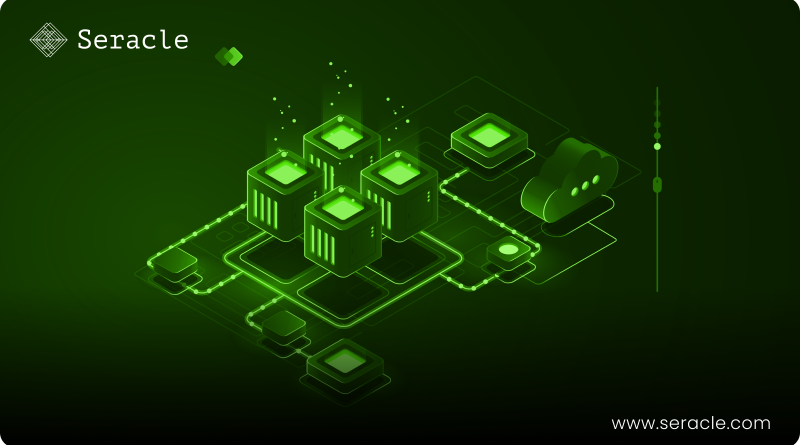Unlocking Blockchain Potential: The Power of Node Infrastructure
In the dynamic world of blockchain tech, nodes stand tall as the backbone of decentralization. Let’s dive into the nuances of blockchain node infrastructure, uncovering its pivotal role in upholding the integrity of decentralized networks. Decoding Blockchain Nodes:
At its core, a blockchain node is a player in the distributed network, validating and broadcasting transactions. Nodes collaborate to maintain consensus, ensuring the blockchain’s accuracy and security.
Vital Components of Node Infrastructure:
- Wallets and Keys:
– Nodes hold wallets with cryptographic keys, enabling secure transaction validation.
– Private keys provide secure access and control over the associated cryptocurrency. - Consensus Mechanism:
– Nodes participate in a consensus mechanism, a set of rules governing transaction verification.
– Common mechanisms include Proof of Work (PoW) and Proof of Stake (PoS). - Blockchain Protocol:
– Each node adheres to a specific blockchain protocol, dictating rules for communication and block creation. - Full Nodes vs. Lightweight Nodes:
– Full nodes store the entire blockchain, offering robust security but requiring substantial storage.
– Lightweight nodes rely on full nodes for information, trading some decentralization for reduced storage.
Node Roles Defined:
- Transaction Validation:
Nodes validate incoming transactions, ensuring compliance with established rules. - Consensus Participation:
Engaging in the consensus process, nodes contribute to deciding which transactions join the blockchain. - Information Propagation:
Nodes share validated transactions with peers, maintaining a synchronized view of the blockchain. - Security Enhancement:
Distributed nodes bolster blockchain security, resisting attacks and single points of failure.
Challenges and Considerations:
- Scalability:
Growing blockchain networks require scalable solutions to handle increased transactions. - Resource Intensity:
Running a full node demands significant resources, potentially limiting widespread participation. - Incentive Structures:
Exploring incentives for node operators is crucial for network participation and sustainability.
Future Trends and Innovations:
- Sharding and Layer 2 Solutions:
Implementing sharding or Layer 2 solutions can enhance scalability across multiple nodes or networks. - Enhanced Consensus Algorithms:
Ongoing exploration of consensus algorithms aims to boost efficiency and address scalability.
In conclusion, as blockchain evolves, addressing challenges and embracing innovative solutions like Seracle will shape the future of node architecture, ensuring a resilient and scalable decentralized landscape.
You might be intrested in:
- Revolutionizing DeFi: The Rise of Liquid Restaking Tokens
- Digital Asset Fund Inflows Soar to $1.35 Billion Amid Renewed Market Optimism
- Asset Tokenization: Navigating Opportunities and Challenges Ahead
- Blockchain for Good: How Crypto is Driving Global Financial Inclusion
- Web3 Adoption Surges: 10 Million Users Mark a New Milestone in Q2 2024

